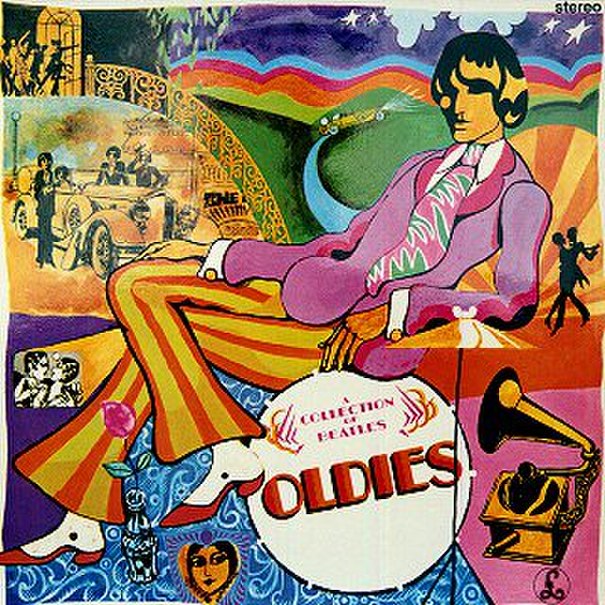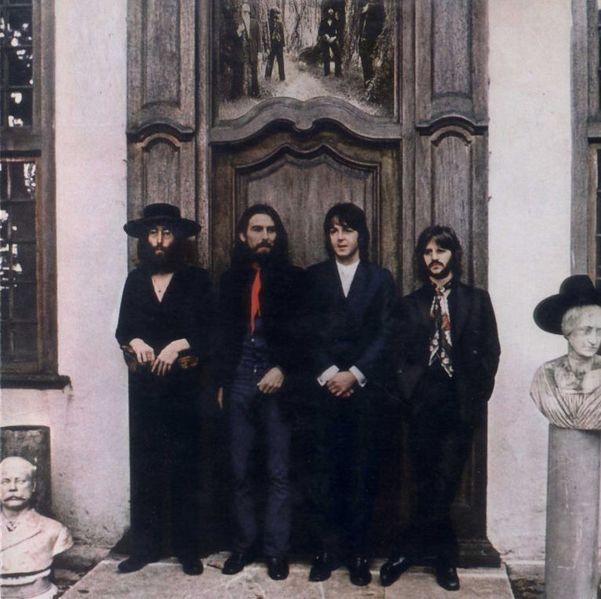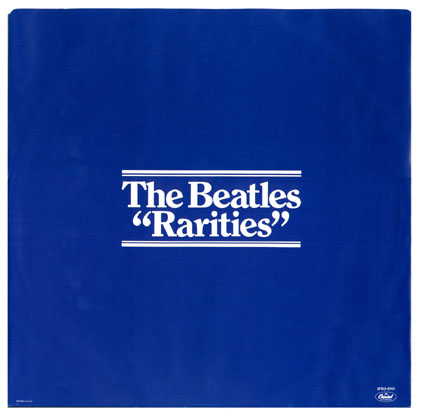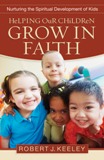
I got an email from my friend Kathy this week that said this:
"The Tunas played 'I'll Be Back' the other night, and I had a hankering to listen to it. I went through our Beatles (British) CD's and couldn't find it. It's possible I missed it, and it's definite that I grew up on the American albums and cannot identify which British album it's from. (Beatles VI?)
Pete and I were discussing this over dinner, and he said - Why don't you call Bob; he'll have the answer, he'll enjoy giving it, and you'll enjoy hearing it.
All true, except that I didn't call you.
Now we're wondering if perhaps you'd like to blog about the concept of American vs. British sequencing."
Everything Pete said was true – this is just the kind of trivial knowledge I love to share. So I figured I could either share it with my family and watch them roll their eyes or invent meetings that they suddenly remembered or I can write about this. So, here I am. This confusion never existed back in the days of vinyl records because all we had were the U.S. albums. Things became more complicated for us in the States when the CDs came out, wisely issued in their original UK configurations, the way the Beatles intended them. But for those of you who, like me, bought albums that weren't available on CD (until the fairly recent Capitol Albums collections) back in the 60's, here is a primer.
Back in the early days of the Beatles, they recorded their albums and singles on the Parlophone label, a division of EMI. Notice that I said albums and singles. Back then the singles were separate from the albums so if you just bought the albums you missed the big hits. The idea was that British teens wouldn't spend their money on albums if they already had all the best songs on singles. This was back in the days of rock and roll when singles were king and artists would quickly knock out enough songs to fill out an album. The Beatles didn't do that. Their albums are legendary and they didn't include their amazing singles. Songs that were just on singles in the UK are many of the ones you know and love; "She Loves You," "I Want to Hold Your Hand," "I Feel Fine" and even later ones like "Hey Jude" and "Penny Lane."
So the Beatles recorded their first three singles on Parlophone and pretty quickly had hits in England helped, in part, by the fact that their manager, Brian Epstein, owned a record store in Liverpool. There is talk that he bought enough copies of "Love Me Do," their first single, to at least get it on the charts. Whether that really happened or not isn't clear. What is clear, though, is that Capitol Records in the U.S. wasn't interested in releasing the Beatles records, even though they were also owned by EMI. They had first refusal and, when they did, the records were shopped around to small independent labels like VJ and Swan. (This is a picture of the Swan version of the "She Loves You" single.)
Records in the U.S. wasn't interested in releasing the Beatles records, even though they were also owned by EMI. They had first refusal and, when they did, the records were shopped around to small independent labels like VJ and Swan. (This is a picture of the Swan version of the "She Loves You" single.)
When the Beatles made their first album, Please Please Me (a rare case in which the smash single was included on the album) Capitol refused that as well so an album with many of those songs was released on VJ Records in the U.S. making almost no splash over on this side of the Atlantic. I say "many of the songs" because the U.S. was accustomed to shorter albums with only 12 songs and the British albums had 14 songs. So the Beatles continued to release singles and put out a couple of huge hits in England, "She Loves You," which, unbelievably, the U.S. Capitol still refused to put out, and "I Want To Hold Your Hand," which was such a hit in the UK that Capitol finally gave in an released it. The American response to that song was overwhelming.
Once the American flood gates opened the rush of Beatles material in the U.S was amazing because by the time they came to the U.S. they had released their second UK album – another 14 songs worth. So when Capitol released the "first" Beatles album in the U.S. (Meet the Beatles) they used mostly songs (and the cover photo) from the Beatles second UK album. They used a few songs from their first album (like "I Saw Her Standing There") plus the hit U.S. single "I Want to Hold Your Hand" and made an album out of it. So there were well over 30 Beatles songs to choose from and Capitol selected 12 to put on their first album. This meant that their was plenty of "new" material for their second U.S. album called The Beatles' Second Album, to be released almost immediately. It sold on the strength of their second big U.S. single, "She Loves You," which was actually recorded and released before "I Want to Hold Your Hand" in England.
So by this time the connection between US and UK albums was mostly gone. And the Beatles were churning stuff out at such a prodigious rate that Capitol had a hard time finding a way to include the stuff from their first album on subsequent releases. Finally they released an album called The Early Beatles which took care of most (but not all) of the first UK album stuff that they had missed. To complicate things the songs in the movie A Hard Day's Night were licensed to United Artists so there was a soundtrack album for the movie from one US company, and a new album called Something New From the Beatles from another company (Capitol) neither of which matched the UK album A Hard Days' Night but which had some of the same songs. By the way, this is the album that includes the song "I'll be Back" which Kathy asked about in her letter.
So Capitol was playing mix and match with Beatles songs and albums and, along the way, even missing a few songs completely. "I Should Have Known Better," a song from 1964's A Hard Day's Night, never got on a U.S. Beatles album until 1970! This mash-up of album tracks and singles kept up with a few US albums having no clear UK counterpart. This gives us albums like Beatles '65 and Beatles VI which kind of straddle the UK albums Beatles for Sale and Help. (although, just to confuse things, there was a US version of Help with only the songs from the movie plus orchestrated soundtrack stuff while the UK version of Help had additional songs.)
Then Capitol at least started making albums that were similar – the US and UK versions of Rubber Soul and Revolver are close to being the same but are not identical with songs from the UK Help on the US Rubber Soul, songs missing on the US versions of both. There were almost enough songs left over that a whole new US album called Yesterday and Today was released which picked up the tracks that hadn't been used elsewhere. In an amazing move the U.S. actually grabbed a couple of tracks from the UK version of Revolver that hadn't been released yet to include on Yesterday and Today.
So, by the end of 1966, when the Beatles took a break from touring and cloistered themselves in the studio to make Sgt Pepper all of their US and UK albums had only a passing similarity. Of course, those of us who were teens in the US had no idea that any of this was going on. We just happily shelled out our money and wore the grooves down on our records.
This is enough for now. I'll finish the story in another post. EDIT: The story is continued here.








